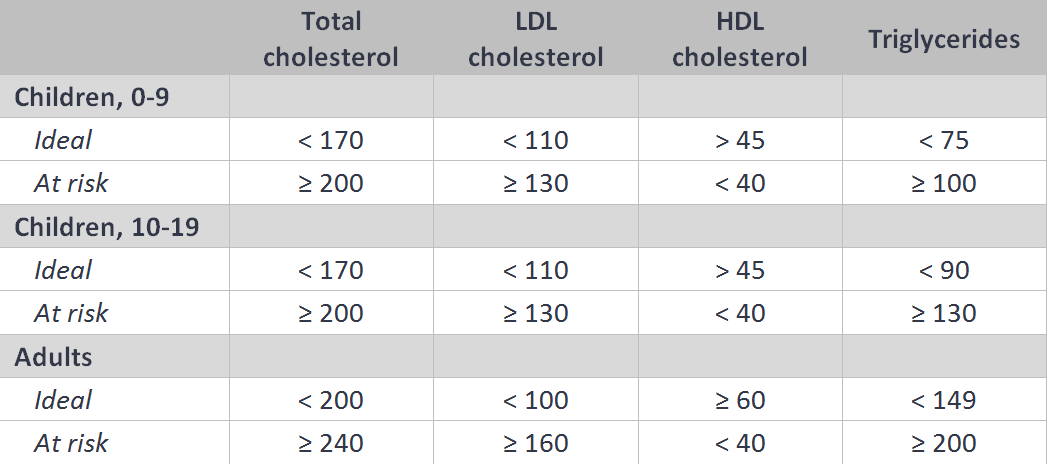3. Atherosclerosis, Blood Lipids, and Stress
Heart Disease is a Leading Cause of Death in the United States
According to the Center for Disease control and prevention (CDC.gov), heart disease is responsible for 1 in 4 deaths in theUnited States and is the leading cause of death for both men and women. Table 1 shows the percentage of deaths due to heart disease grouped by race/ethnicity. Hispanics are excluded from this table, but heart disease is the number one cause of death for this group.

*
Heart Disease Risk Factors
Age (over 45 for men, 55 for women) is an important risk factor for heart disease. People who have diabetes, are overweight, have limited physical activity or use alcohol excessively are at particular risk. While leading a healthy lifestyle can certainly reduce a person’s heart disease risk, it’s also important to realize that genetics play a role, and that a family history of heart disease is a major risk factor. Geographic patterns of heart disease in the United States are affected by these risk factors, as well as access to regular health screenings and treatment. The map in Figure 1 shows heart disease death rates by region for 2014-2016, with dark red indicating the highest rates of death, light pink, the lowest rates of death.

*
Heart Disease and Blood Lipids
Many people with heart disease likely don’t know they have it. However, for people who are able to get regular, physical exams, some screening does take place. For example, it is typical for a medical practitioner to take your blood pressure at all medical exams. High systolic blood pressure can be a sign of heart disease, because it may suggest that arteries are narrowing or hardening. It is also typical to listen to the heart for abnormal heart sounds. Adults may also have their blood tested for the presence of certain lipids, in particular high density lipoprotein (HDL), low density lipoprotein (LDL) and triglycerides (Table 2). When people talk about “cholesterol” they are talking about these lipoproteins.

HDL, LDL, Triglycerides and Atherosclerosis
Watch this videoclip for a really good overview of these lipoproteins, how they work, and why they are important. You do not need to memorize information about the chemical structure of these lipoproteins, but should instead focus on their impact on atherosclerosis and cardiovascular health. After watching, you should be able to do the following:
- Differentiate between HDL and LDL. Which is the “good” cholesterol?
- What is atherosclerosis and how does it relate to HDL and LDL?
- Recommend lifestyle changes to reduce the risk of atherosclerosis
In lecture, we will look at data and discuss how stress may affect these lipoproteins.
CC LICENSED CONTENT
License: CC-BY 4.0
By: Kristina Prescott

